Looking for a list of the best indoor plants to buy at Home Depot? Look no further! In this blog post, we’ll give you our top 10 picks.
The Best Place To Buy Indoor Plants
The best place to buy indoor plants is Home Depot. They have a wide variety of plants to choose from, and they’re usually cheaper than other stores. Plus, you can often find sales and discounts on plants at Home Depot.
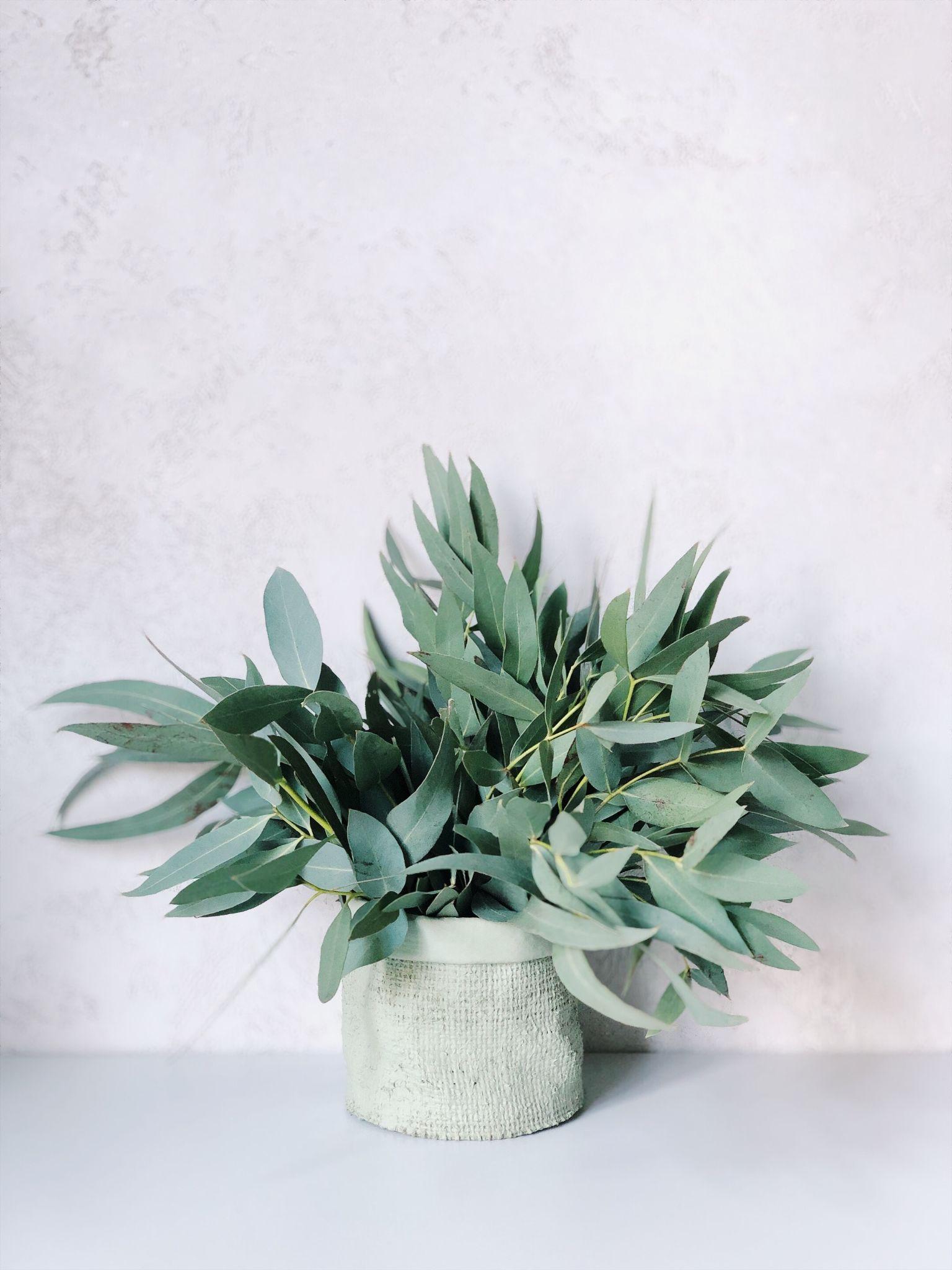
Credit: Pexels
Top 10 Indoor Plants To Buy At Home Depot
1. Cactus
A cactus is a great indoor plant because it doesn’t need much water and can survive in low light conditions.
2. Snake Plant
The snake plant is another good indoor plant because it is very drought tolerant and can survive in low or high light conditions.
3. Spider Plant
The spider plant is a good indoor plant because it is easy to care for and can tolerate a wide range of light conditions.
4. Philodendrons
Philodendrons are good indoor plants because they are easy to care for and can tolerate low light conditions.
5. Peace Lily
The peace lily is a good indoor plant because it is easy to care for and does well in low light conditions.
6. Ficus
The ficus is a good indoor plant because it is easy to care for and can tolerate low light conditions.
7. Dracaena
Dracaenas are good indoor plants because they are easy to care for and can tolerate a wide range of light conditions.
8. Schefflera
The Schefflera is an excellent indoor plant because it is low maintenance and can tolerate a wide range of light conditions.
9. Aglaonema
Aglaonema is an excellent indoor plant because it is low-light tolerant and easy to care for.
10. Dieffenbachia
Dieffenbachia is an excellent indoor plant because it is easy to care for and tolerates low light levels.
When Does Home Depot Start Selling Indoor Vegetable Plants
The answer may surprise you. They start selling them as soon as the weather warms up in spring! Vegetable plants are annual, which means they only live for one growing season. They need a lot of sunlight and warmth to grow, so they’re not well-suited for indoor growing. However, there are a few vegetables that can be grown indoors with success.
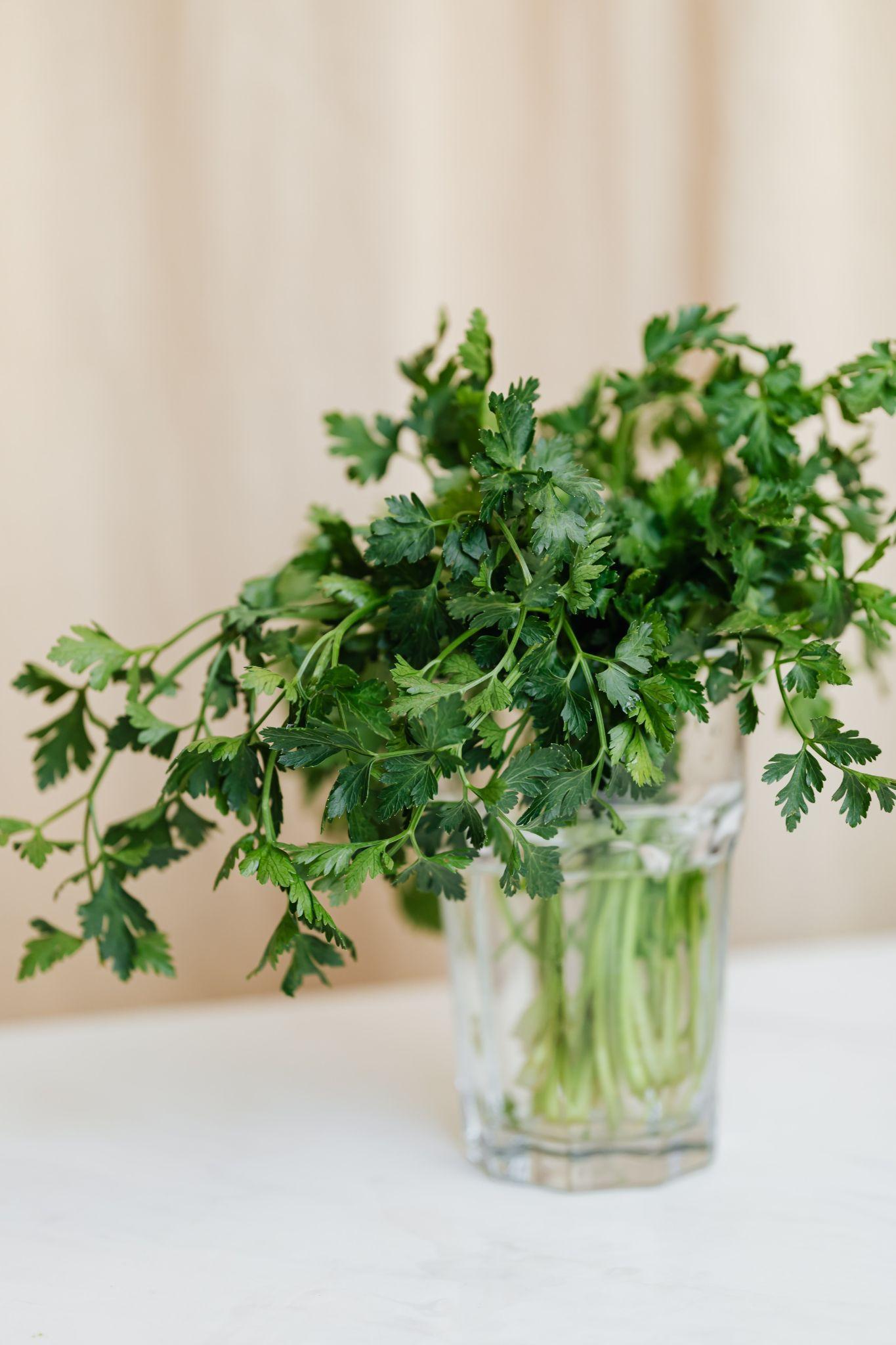
Credit: Pexels
If you’re interested in growing vegetables indoors, talk to the gardening experts at your local Home Depot. They can help you choose the right plants for your growing conditions and give you tips on how to care for them. With a little effort, you can enjoy fresh, homegrown vegetables all year round!
The Most Popular Vegetable Plants Available At Home Depot
Home Depot is an excellent place to shop. Home Depot offers a wide range of vegetable plants. Vegetable plants such as onions, peppers, potatoes, cabbage, lettuce, squash, and others are available at Home Depot.
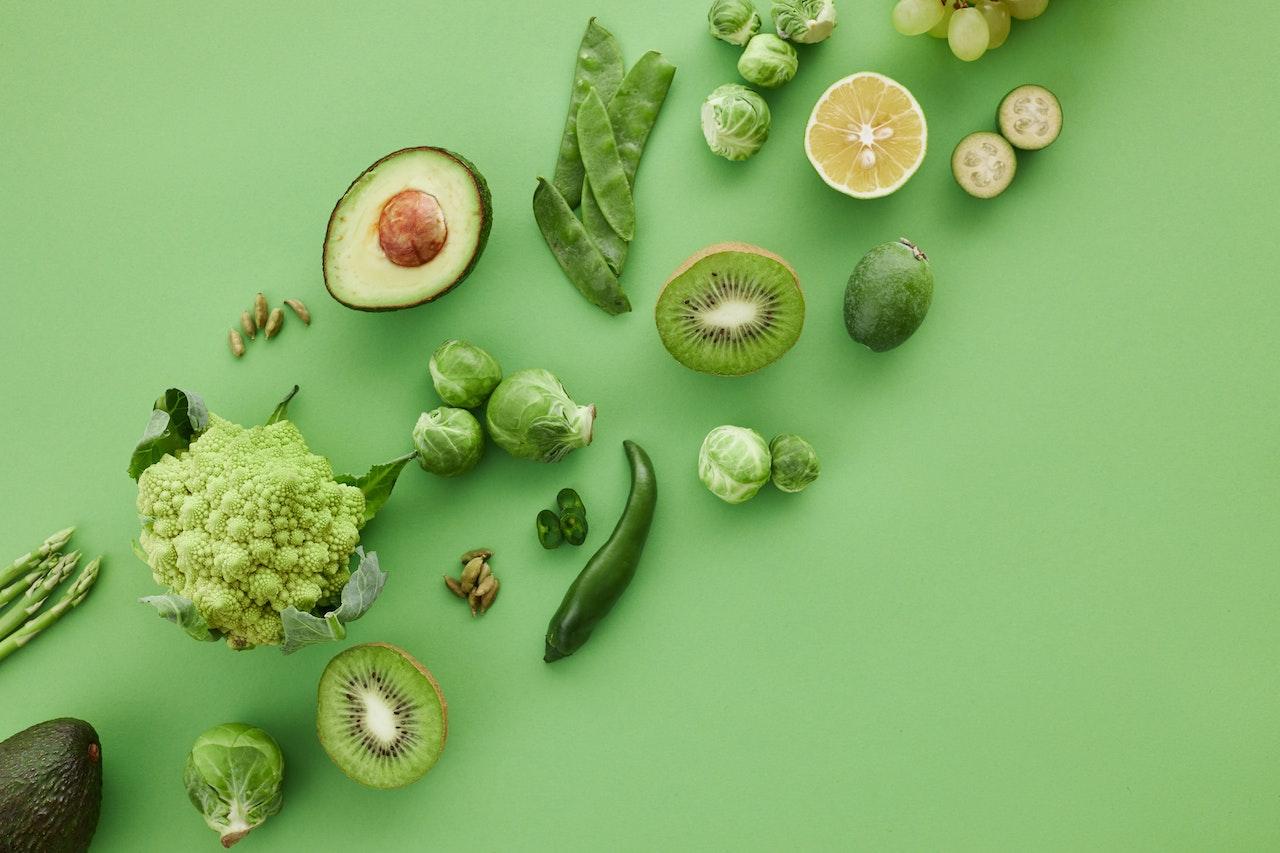
Credit: Pexels
The Most Popular Indoor Plants Available At Home Depot
1. Aloe Vera
This is a popular choice for an indoor plant because it is easy to care for and can thrive in a variety of environments. Aloe vera is also known for its medicinal properties and can be used to treat a variety of ailments.
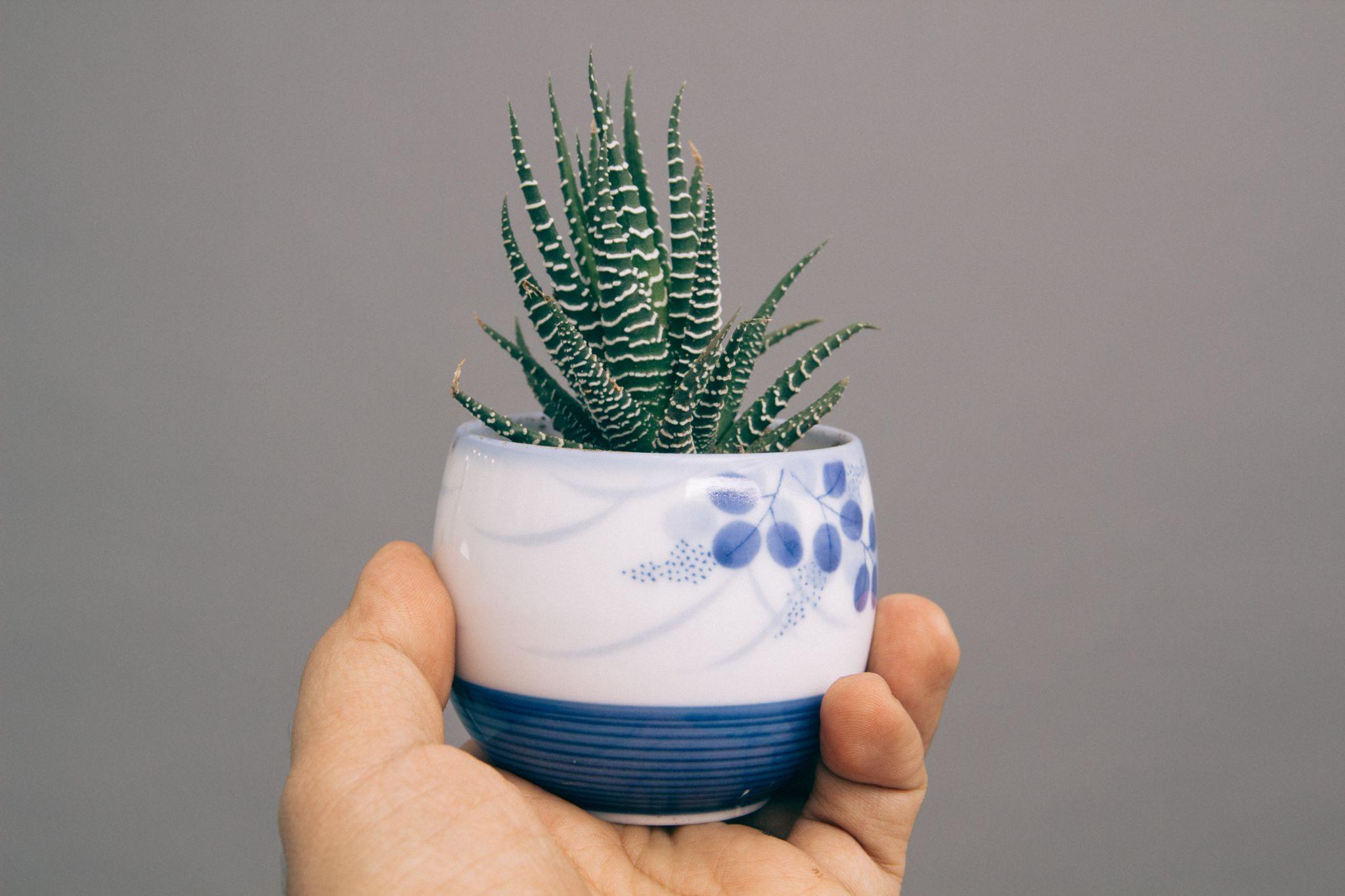
Credit: Pexels
2. Snake Plant
This plant is popular because it is very low maintenance and can tolerate neglect. It is also known to be effective at purifying the air and removing toxins.
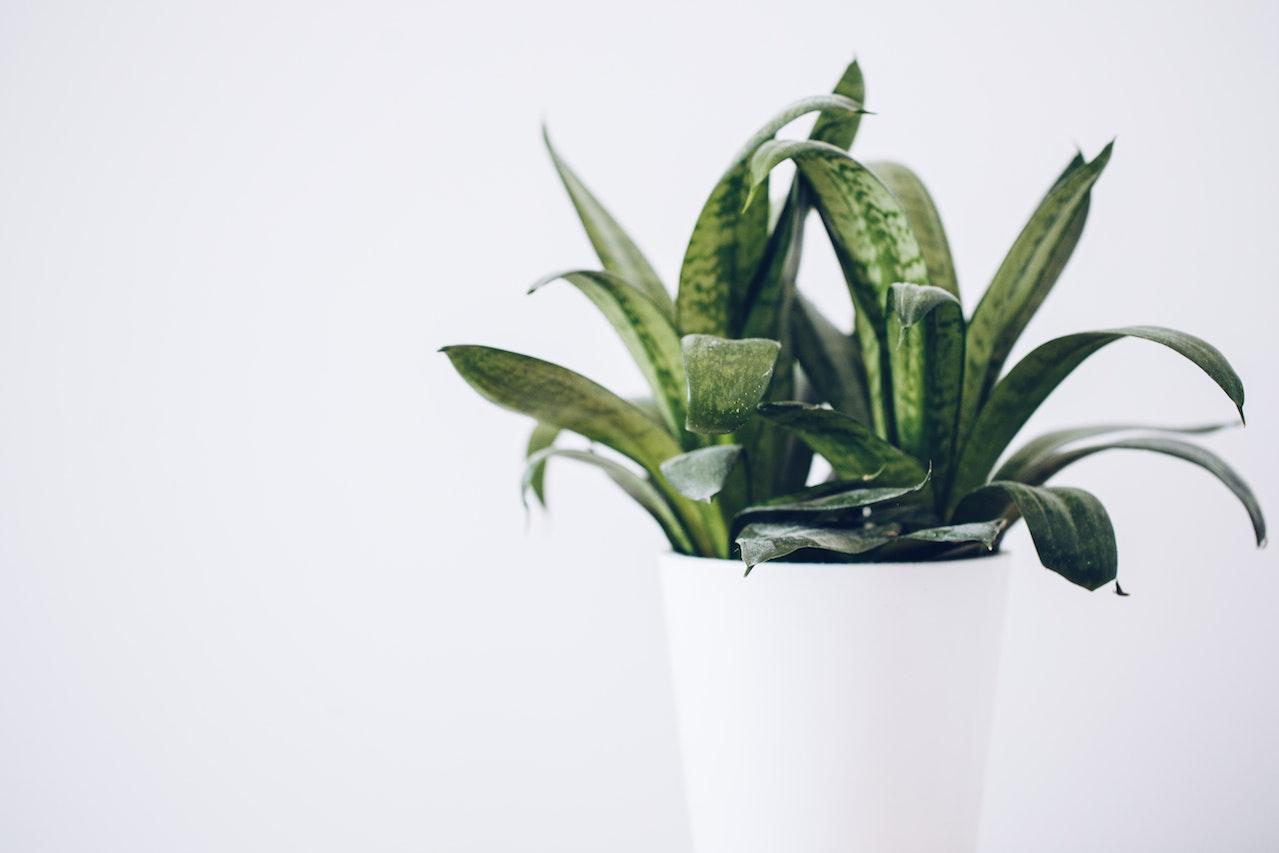
Credit: Pexels
3. Pothos
Pothos is a popular indoor plant because it is very easy to care for and can thrive in a variety of environments. It is also known for its ability to purify the air and remove toxins.
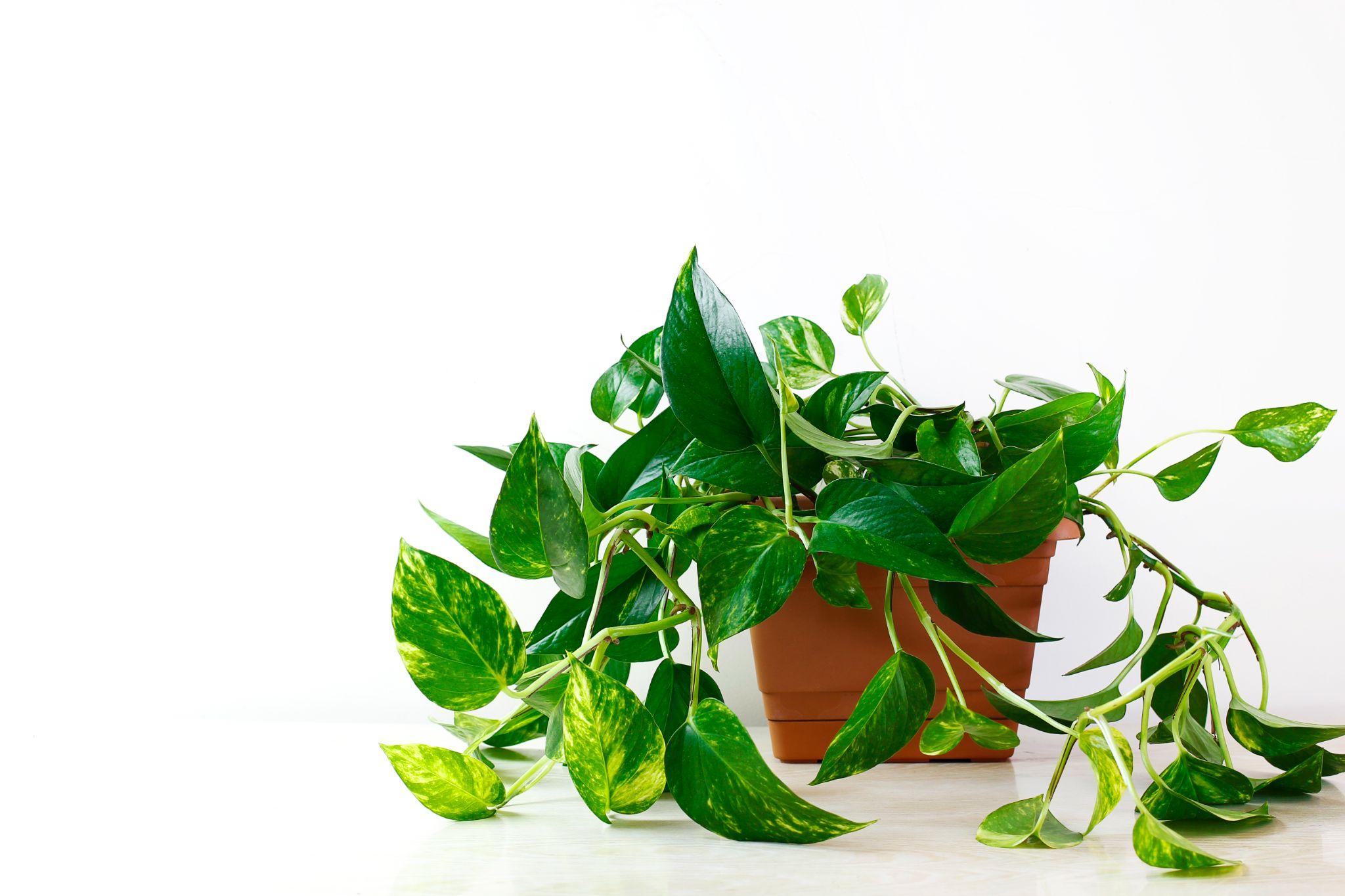
Credit: Freepik
4. Philodendron
Philodendron is a popular indoor plant due to its ease of care and ability to thrive in a variety of environments. It is also well-known for its ability to clean the air and remove toxins.
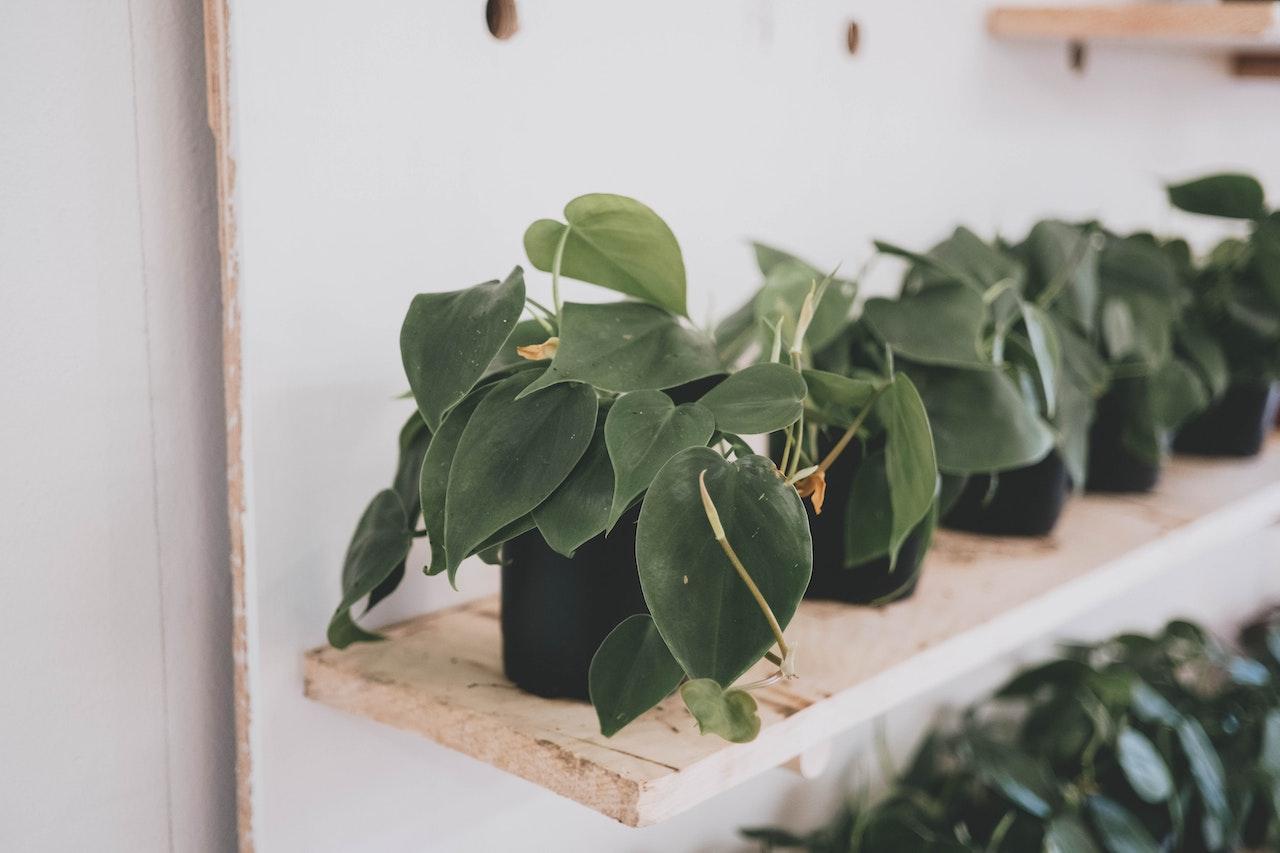
Credit: Pexels
5. Fiddle Leaf Fig
Fiddle Leaf Figs are popular indoor plants because they are very easy to care for and can thrive in a variety of environments. They are also known for their ability to purify the air and remove toxins.
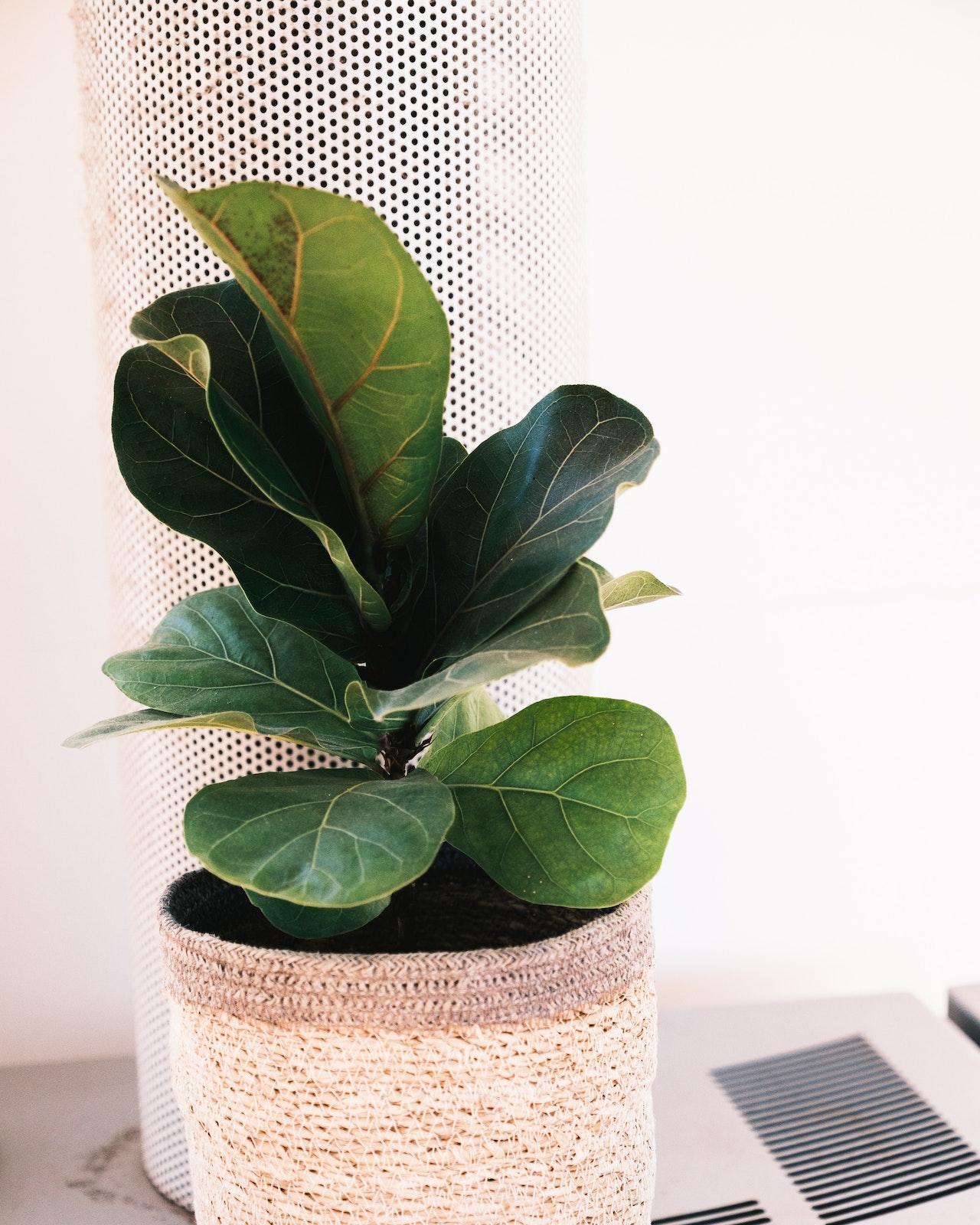
Credit: Pexels
6. Spider Plant
The Spider Plant is a popular indoor plant because it is easy to care for and can thrive in a wide range of environments. It is also well-known for its ability to detoxify the air and remove toxins.
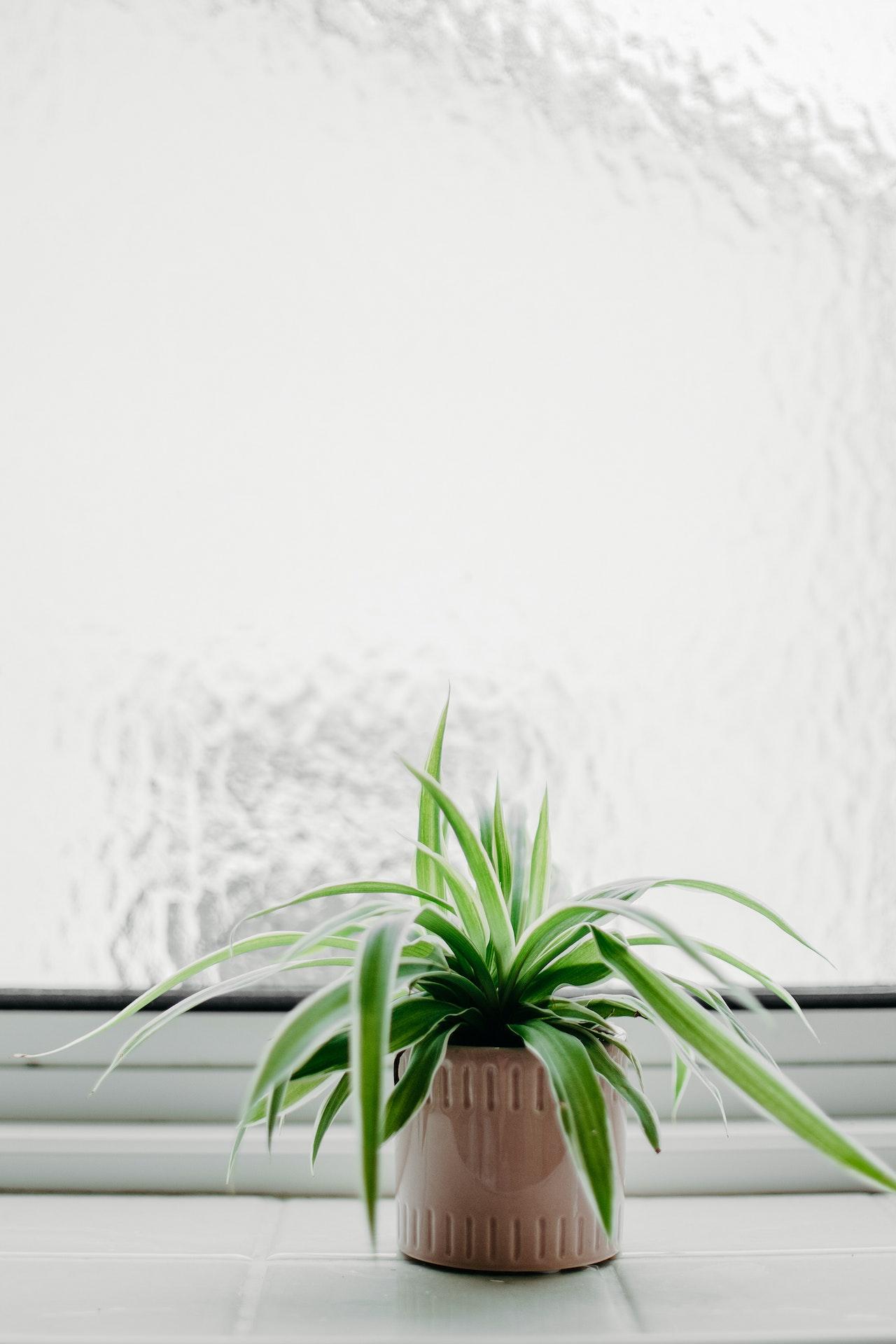
Credit: Pexels
7. Dracaena
Dracaena is a popular indoor plant due to its ease of care and ability to survive in a wide range of environments. It is also well-known for purifying the air and removing toxins.
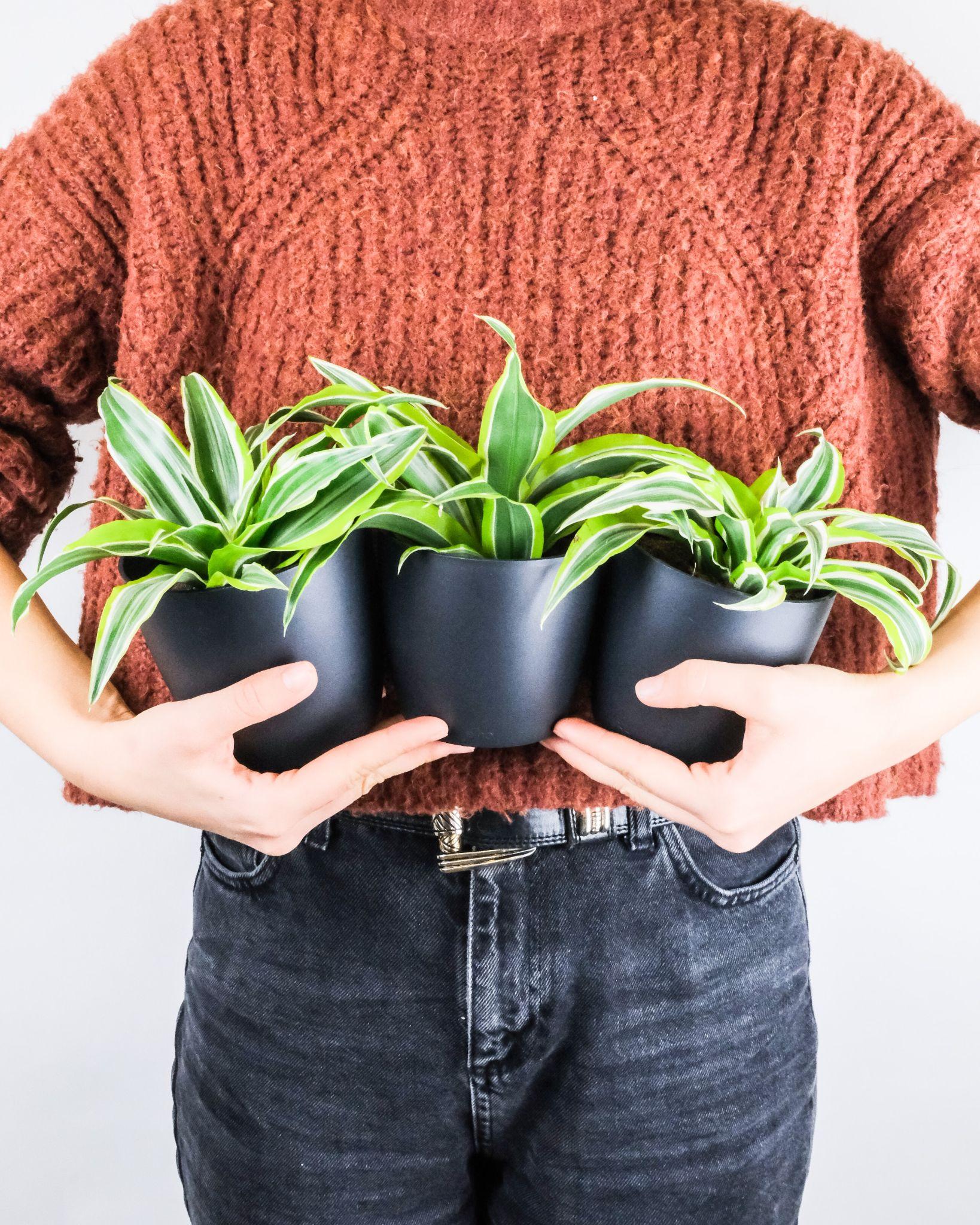
Credit: Unsplash
8. Peace Lily
The Peace Lily is a popular indoor plant because it is low-maintenance and can thrive in a variety of conditions.
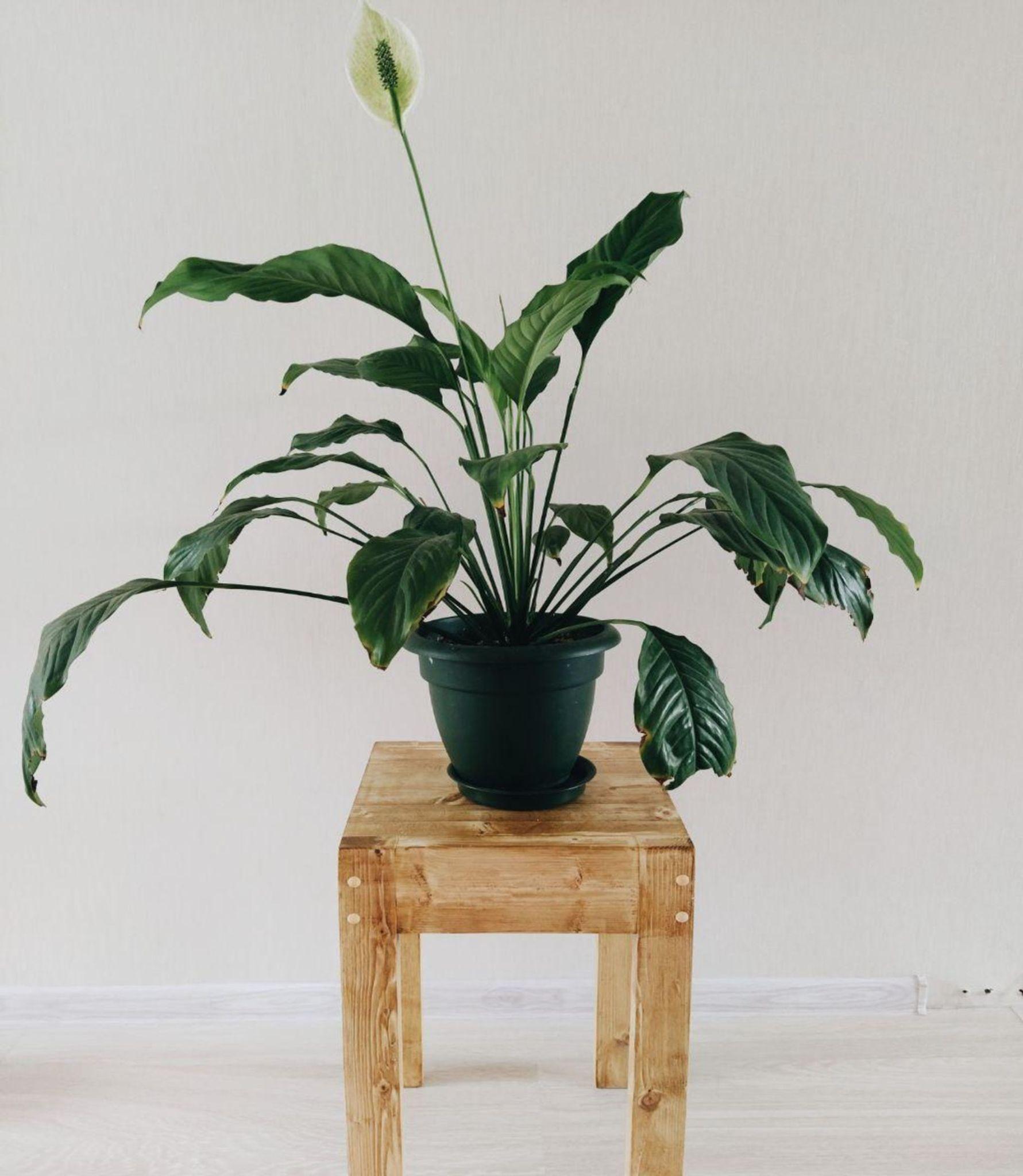
Credit: Pexels
9. Rubber Plant
The rubber plant is a popular indoor plant because it is very easy to care for and can thrive in a variety of environments. It is also known for its ability to purify the air and remove toxins.
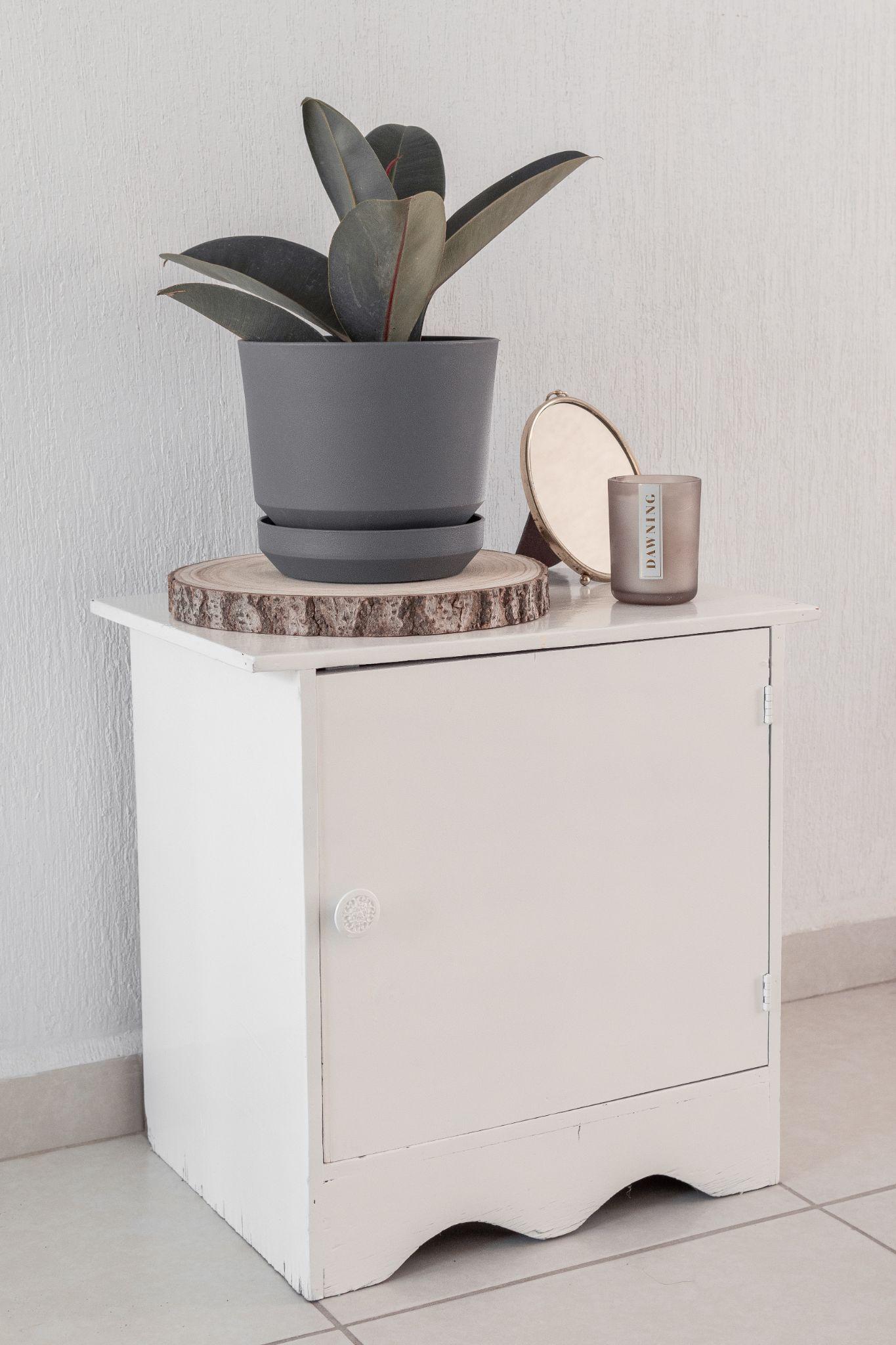
Credit: Pexels
10. ZZ Plant
The ZZ Plant is a popular indoor plant due to its ease of care and ability to thrive in a variety of environments. It is also well-known for its ability to clean the air and remove toxins.
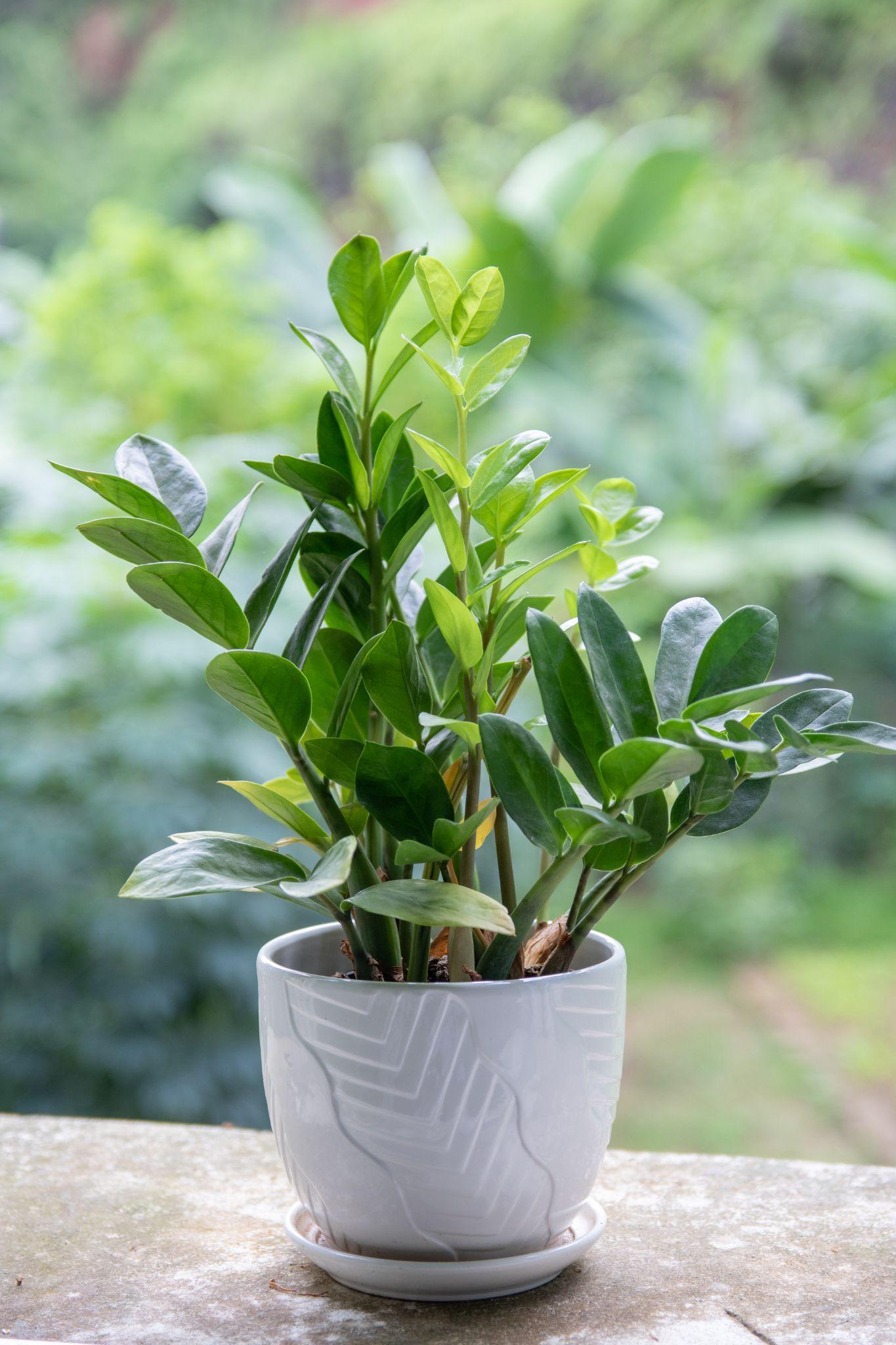
Credit: Pexels
The Best Time To Buy Indoor Plants At Home Depot
The best time to buy indoor plants at home depot is during the spring and summer months. This is because the plants are actively growing and are more likely to survive the transition from store to home.
The worst time to buy indoor plants is during the winter when the plants are dormant and more likely to die.
10 Benefits Of Having Indoor Plants At Home
Indoor plants are not only aesthetically pleasing, but they also have many benefits for your health.
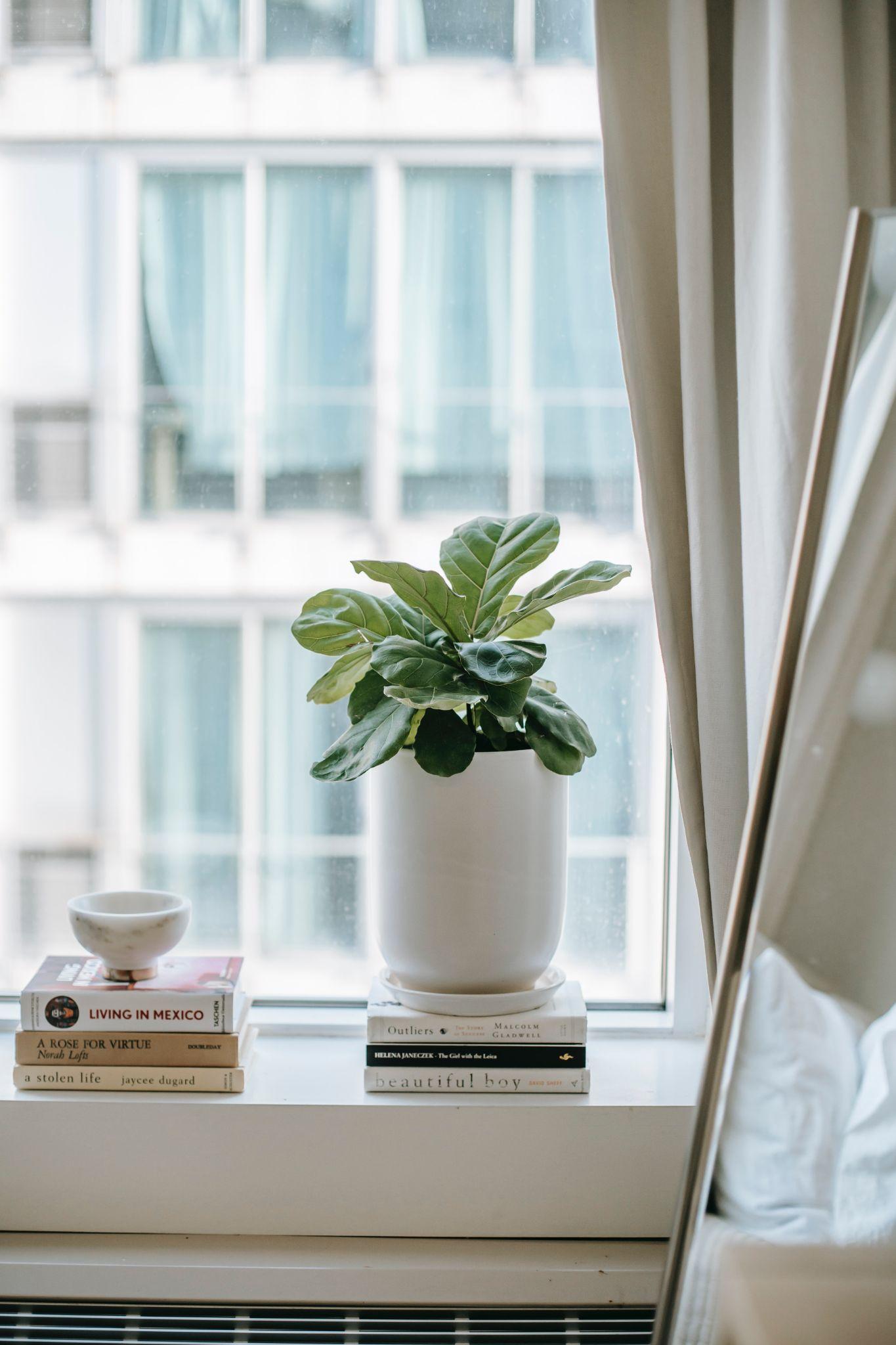
Credit: Pexels
Here are some of the benefits of having indoor plants:
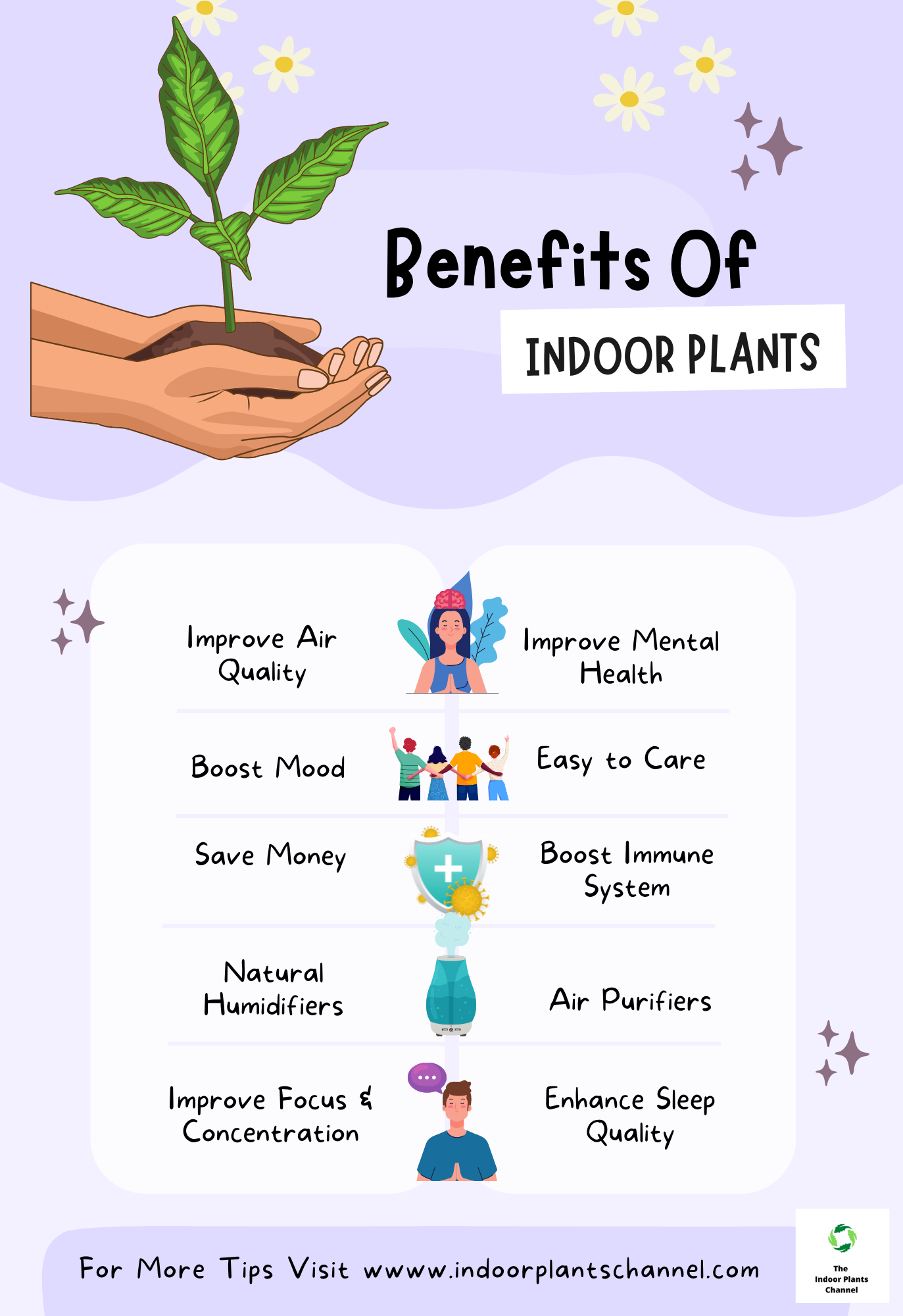
1. Improve Air Quality
Plants help to filter out harmful toxins and pollutants from the air, making the air in your home cleaner and healthier to breathe.
2. Boost Mood
Studies have shown that being around plants can help to improve your mood and mental well-being. Indoor plants can help to reduce stress and anxiety and can even increase productivity.
3. Improve Attention And Concentration
If you’re finding it hard to focus on work or studies, having some indoor plants around can help. The presence of plants has been shown to improve concentration and focus, and can even help to reduce symptoms of ADHD.
4. Boost The Immune System
Being around plants can help to improve your immune system and resistance to illness. Plants help to filter out harmful toxins and pollutants from the air, which can lead to a healthier immune system.
5. Help Sleep Better
If you’re having trouble sleeping, having some indoor plants in your bedroom can help. The presence of plants has been shown to reduce levels of stress and anxiety, which can lead to a better night’s sleep.
6. Improve Mental Health
Studies have shown that being around plants can help to improve your mental health. Indoor plants can help to reduce stress and anxiety and can even improve symptoms of depression.
7. Help In Better Breathing
If you suffer from allergies or asthma, having some indoor plants can help to improve your symptoms. Plants help to filter out harmful toxins and pollutants from the air, which can lead to better breathing and fewer allergies.
8. Natural Humidifiers
Plants help to increase the humidity in the air, which can be beneficial for your skin and respiratory health. Increased humidity can also help to reduce the spread of viruses and bacteria.
9. Regulate Temperature
Indoor plants can help to save you money on your energy bills. Plants help to regulate the temperature in your home by releasing moisture into the air, which can help to keep your home cooler in the summer and warmer in the winter.
10. Easy To Care For
Contrary to popular belief, indoor plants are very easy to care for. With a little bit of knowledge, you can easily keep your plants healthy and thriving.
How To Pick The Perfect Indoor Plant For Your Home
There are a few things to consider when picking an indoor plant for your home.
1. Amount Of Sunlight
Consider the amount of sunlight the plant will need. If you have a spot in your home that gets a lot of sunlight, you can choose a plant that needs full sun. If you have a spot that doesn’t get much sun, you can choose a plant that doesn’t need as much light.
2. Size Of The Plant
Think about the size of the plant. Some plants can get very big, so you’ll need to make sure you have enough space for the plant to grow. Other plants stay small, so they’re perfect for small spaces.
3. How Much Care The Plant Needs
Consider how much care the plant will need. Some plants need to be watered every day, while others only need to be watered once a week. Some plants need to be fertilized often, while others don’t need to be fertilized at all. Choose a plant that you’re willing to care for.
How To Care For Your Indoor Plants
Assuming you have already bought your plants and brought them home, there are a few things you need to do to make sure they thrive indoors.
1. Choose The Right Pots or Containers
If you’re looking for an indoor plant, you’ll need to find a pot that suits both the plant and your home.
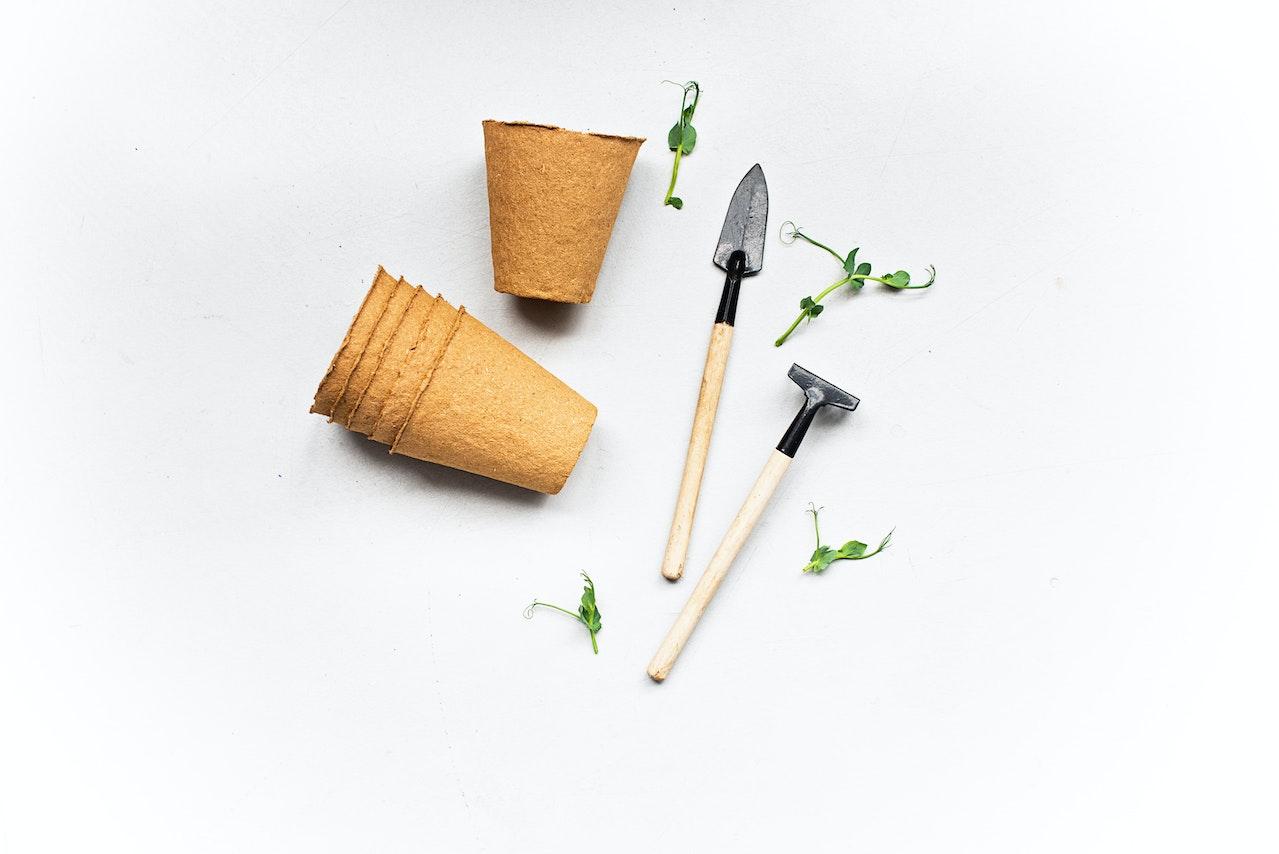
Credit: Pexels
Here are a few things to keep in mind when choosing a pot for your indoor plant:
- Size
Make sure the pot is big enough for the plant to grow. Indoor plants can outgrow their pots quickly, so you’ll need to choose a size that allows for some extra room.
- Drainage
Most indoor plants need well-drained soil, so make sure the pot has drainage holes.
- Material
Pots can be made from a variety of materials, including ceramic, plastic, metal, and terracotta. Consider the look of the pot and how it will fit in with your home decor.
2. Choose The Right Location
Next, you need to choose the right location for your plants. Each plant has different light requirements, so you’ll need to do a little research to make sure you’re giving your plant the right amount of light. Generally, most plants do best in bright, indirect light.
3. Watering
Once you’ve chosen the right pot and location, it’s time to start watering your plants. Again, each plant has different watering needs, so you’ll need to do a little research to figure out how often to water your particular plant.
Over-watering is just as harmful as under-watering, so it’s important to get it right. A good rule of thumb is to water your plants when the top inch of soil is dry.
4. Fertilize
Finally, don’t forget to fertilize your plants. Indoor plants generally need to be fertilized every two to four weeks. Just like with watering, you’ll need to do a little research to figure out how often to fertilize your particular plant.
By following these simple tips, you can make sure your indoor plants are healthy and happy.
How To Propagate Your Indoor Plants
There are a few different ways that you can propagate your indoor plants.
1. Stem Cutting
One way is to take stem cuttings. To do this, you will need to cut a section of stem that is about 4-6 inches long.
Make sure that the cutting has at least 2-3 leaves on it. Cut the stem at a 45-degree angle just below a leaf node. A leaf node is where the leaves are attached to the stem.
2. Moisturized Your Potting Mix
Next, you will need to prepare a pot with moistened potting mix. Stick the cutting into the potting mix, making sure that the leaf nodes are buried.
You can then cover the pot with a clear plastic bag to create a mini greenhouse. Place the pot in a warm, bright spot and keep the soil moist. In a few weeks, you should see new growth.
3. Division
Another way to propagate your indoor plants is by division. This is a good method to use for plants that have become too large for their pots.
To divide a plant, carefully remove it from its pot. Using a sharp knife, divide the root ball into two or more sections. Each section should have its own roots and leaves. Replant each section into its pot, and water them well.
4. Seeds
You can also propagate plants from seeds. This is a more long-term project, as it can take several weeks or even months for the seedlings to appear.
To start, you will need to sow the seeds in a pot filled with moistened seed-starting mix. Cover the pot with a clear plastic dome or bag, and place it in a warm, bright spot. Keep the soil moist, and in time, you should see the seeds germinate and new seedlings appear.
Propagating your plants is a fun and rewarding project. It’s a great way to save money, and you can end up with more plants than you started with!
Expert Ideas
- Put it in a sunny spot and water it regularly.
- Give it some fertilizer every few weeks.
- Prune it occasionally to keep it healthy.
- Check for pests and diseases regularly.
- Enjoy your healthy plant!
Bonus Tip
One of the most important things to remember when growing vegetables indoors is to make sure that they get enough light. This means using grow lights or placing them near a sunny window. Another important thing to remember is to keep the soil moist but not too wet.
Frequently Asked Questions
1. When do vegetable plants go on sale at Home Depot?
Home Depot typically has a big sale on vegetable plants in the spring, around the time when the weather starts to warm up. This is the best time to plant most vegetables, so it’s a great time to stock up.
2. How long do the sales last?
The sales usually last for a few weeks or until the plants sell out. So, if you see a good deal, be sure to grab it while you can!
3. What kinds of plants are included in the sale?
The sale usually includes a wide variety of plants, from common ones like tomatoes and peppers to more unusual varieties. There’s sure to be something for everyone.
4. Are the plants discounted?
Yes, the plants are usually discounted by a few dollars. This can add up to big savings if you’re buying a lot of plants.
5. Do I need to bring anything to the store?
Nope, just your wallet! The plants will be waiting for you, ready to take home and start growing.
With these FAQs in mind, you’ll be able to take advantage of Home Depot’s vegetable plant sale and get a great deal on the plants you need. So don’t wait, head to the store and start shopping!
Conclusion
If you’re looking for the best vegetable plants to buy at Home Depot, you can’t go wrong with any of the options on this list. Whether you’re looking for something to grow in your garden or on your patio, there’s a vegetable plant on this list that will suit your needs. So, what are you waiting for? Get growing!
Michelle Wilde
Related posts
4 Comments
Leave a Reply Cancel reply
![]()
About Michelle Wilde
Michelle Wilde is a stay-at-home mom and avid plant lover. Armed with a post-graduate degree in Computer Science (no kidding!), she loves researching plants and landscapes. When she is not caring for her 4 kids, she spends time on her passion for plants. She blogs at www.indoorplantschannel.com, the trusted source for indoor plants.
Learn more
Subscribe
* You will receive the latest posts and updates about indoor plants!
Search
Recent Posts
Categories
- Beginner Guides (10)
- FAQ (206)
- General (2)
- How-To Guides (212)
- Indoor Plants (214)
- Pest Management (2)
- Plant Problem Solutions (4)
- Seasonal Growing (2)
- Specialized Environments (2)
- Specific Plant Care (3)
- Technical Growing (2)
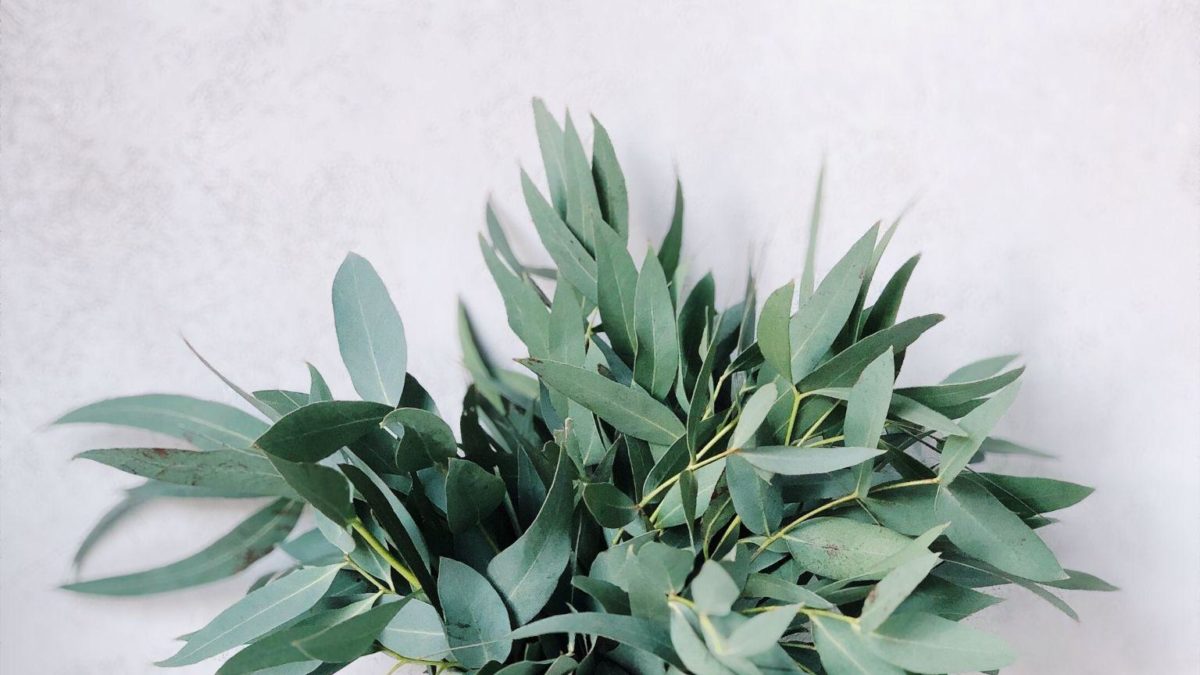
[…] Plants have been shown to have a positive effect on our moods and emotions. If you’re looking for a way to boost your mood, consider adding some indoor plants with dark green leaves to your home. […]
[…] it’s important to know the best place to buy these indoor plants. The place where you buy these plants will determine the quality and effectiveness of the indoor […]
[…] Outdoor artificial flowers come in a variety of colors, sizes, and shapes. The most popular colors for these plants are pink, purple, and red. These plants can be found at most stores that sell gardening supplies. […]
[…] improvement stores: Stores like Home Depot and Lowe’s often sell artificial succulents in the garden […]